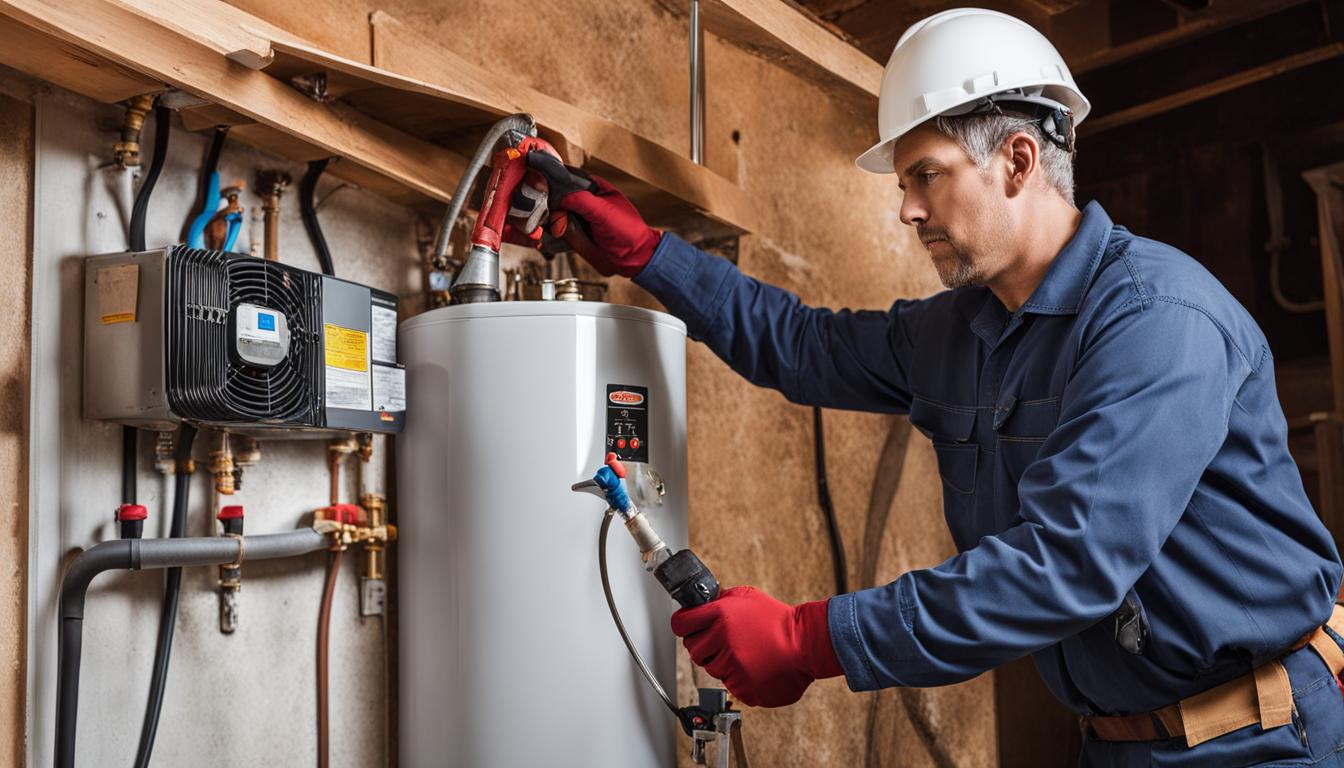Steps to Properly Maintain Your Home's Hot Water SystemMaintaining Your Home's Hot Water System: Key Guidelines
Steps to Properly Maintain Your Home's Hot Water SystemMaintaining Your Home's Hot Water System: Key Guidelines
Blog Article
Do you find yourself on the lookout for facts and techniques about What Kind of Maintenance Do Water Heaters Need??

Hot water is necessary for day-to-day comfort, whether it's for a rejuvenating shower or cleaning recipes. To ensure your warm water system runs successfully and lasts longer, routine upkeep is vital. This short article supplies sensible tips and insights on how to preserve your home's warm water system to stay clear of disruptions and expensive repairs.
Intro
Maintaining your home's hot water system could seem complicated, but with a few straightforward actions, you can ensure it operates smoothly for many years ahead. This overview covers everything from understanding your hot water system to DIY maintenance ideas and recognizing when to call in professional help.
Significance of Preserving Your Warm Water System
Normal upkeep not just prolongs the life-span of your hot water system but likewise guarantees it runs efficiently. Overlooking maintenance can result in decreased effectiveness, higher energy bills, and even premature failure of the system.
Signs Your Hot Water System Needs Maintenance
Knowing when your hot water system needs attention can prevent significant problems. Watch out for indications such as inconsistent water temperature, unusual noises from the heating unit, or rustic water.
Purging the Hot Water Heater
Purging your hot water heater gets rid of debris accumulation, enhancing effectiveness and prolonging its life.
Checking and Changing Anode Rods
Anode poles protect against rust inside the tank. Inspecting and changing them when broken is crucial.
Complex Issues Requiring Professional Help
Instances consist of significant leaks, electric problems, or if your hot water heater is regularly underperforming.
Routine Specialist Maintenance Advantages
Expert maintenance can include extensive evaluations, tune-ups, and guaranteeing compliance with safety and security requirements.
Examining and Readjusting Temperature Level Settings
Readjusting the temperature level settings ensures optimum performance and safety and security.
Do It Yourself Tips for Maintenance
You can carry out several maintenance jobs on your own to keep your warm water system in top condition.
Looking for Leakages
Regularly examine pipes and links for leaks, as these can bring about water damages and higher costs.
Comprehending Your Hot Water System
Prior to diving into upkeep tasks, it's handy to comprehend the basic parts of your hot water system. Commonly, this includes the water heater itself, pipelines, anode rods, and temperature level controls.
Monthly Upkeep Tasks
Regular month-to-month checks can help capture minor concerns before they rise.
Testing Stress Relief Valves
Checking the pressure safety valve ensures it works appropriately and avoids too much pressure build-up.
Insulating Pipes
Shielding hot water pipelines minimizes heat loss and can conserve energy.
When to Call a Specialist
While DIY maintenance is useful, some concerns require specialist proficiency.
Verdict
Regular maintenance of your home's warm water system is essential for effectiveness, durability, and price savings. By complying with these ideas and recognizing when to seek expert aid, you can ensure a reputable supply of hot water without unforeseen disturbances.
How to Maintain an Instant Hot Water Heater
Before tinkering with your hot water heater, make sure that it’s not powered on. You also have to turn off the main circuit breaker and shut off the main gas line to prevent accidents. Also turn off the water valves connected to your unit to prevent water from flowing into and out of the appliance. 2. When you’re done, you have to detach the purge valves’ caps. These look like the letter “T” and are situated on either side of the water valves. Doing so will release any pressure that has accumulated inside the valves while at the same time avoid hot water from shooting out and burning your skin. 3. When the purge valves’ caps are removed, you have to connect your hosing lines to the valves. Your unit should have come with three hoses but if it didn’t, you can purchase these things from any hardware or home repair shops. You can also get them from retail stores that sell water heating systems. Read the user’s manual and follow it to complete this task properly. When the hosing lines are connected, open the purge port’s valves. 4. You should never use harsh chemical cleaners or solutions when cleaning your unit. Make use of white vinegar instead. It should be undiluted and you’ll probably use about 2 gallons. 5. Now flush your water heater. This task should probably take about 40 minutes. We can’t give you specific directions for this because the procedure is carried out depending on the type, model and brand of your heater. With that being said, refer to the user’s manual. 6. When you’re done draining the unit, you have to turn off the purge port valves again. Remove the hosing lines that you earlier installed on each of the water valves. Put the valve caps (purge port) back in their respective places and be very careful so as not to damage the rubber discs that are found inside these caps. 7. Now that everything’s back in place, check your user’s manual again to find out how to reactivate your water heating system. 8. Once it is working, turn one of your hot water faucets on just to let air pass through the heater’s water supply pipes. Leave the tap on until water flows smoothly out of it. https://www.orrplumbing.com/blog/2014/september/how-to-maintain-an-instant-hot-water-heater/

We hope you enjoyed reading our section on Tips For Maintaining Your Hot Water Heater. Thanks for taking time to read our post. If you please pause to distribute this content if you appreciated it. Bless you for being here. Revisit us soon.
Visit My Site Report this page